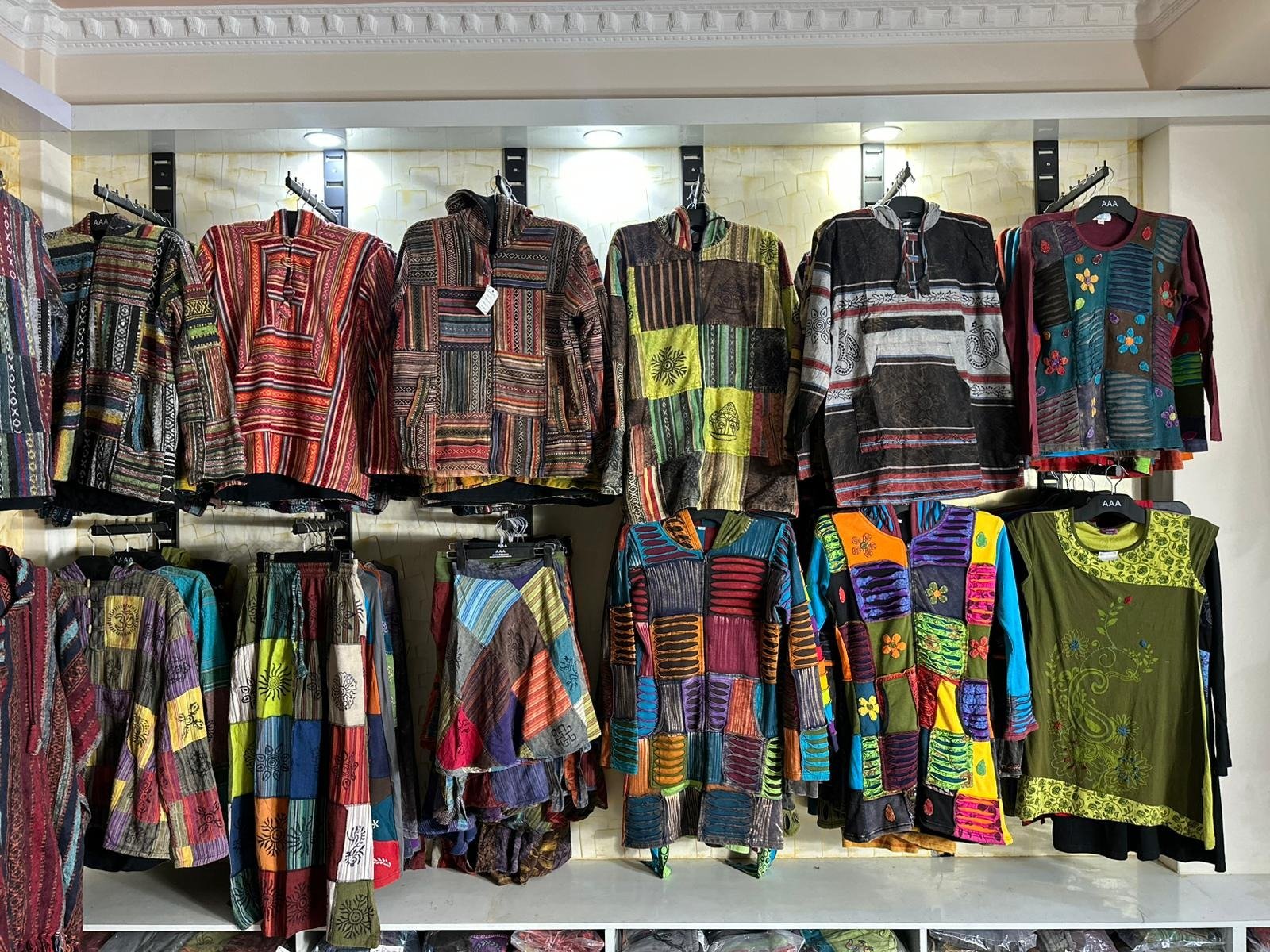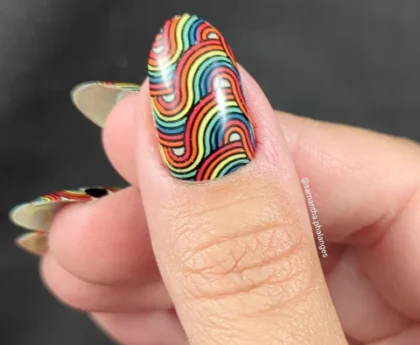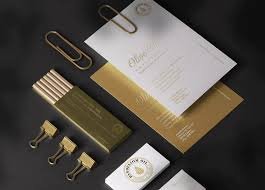Introduction
Fashion has always been more than just clothing; it is a reflection of identity, values, and cultural influences. In recent years, boho hippie bags have gained remarkable popularity worldwide as symbols of free-spirited style, creativity, and sustainable living. Rooted in the bohemian and hippie movements of the 1960s and 1970s, these bags blend earthy tones, ethnic patterns, and handcrafted details with modern-day fashion sensibilities.
Whether carried as everyday handbags, travel companions, or statement accessories, boho hippie bags are more than mere utility items – they represent an artistic lifestyle. This article explores the origin, cultural significance, design variations, materials, and modern relevance of boho hippie bags, along with why they continue to inspire global fashion enthusiasts.
Table of Contents
The Origins of Boho Hippie Style
The bohemian lifestyle dates back to 19th-century Europe, where artists and intellectuals embraced unconventional fashion and free thinking. Later, during the 1960s, the hippie movement emerged, advocating peace, love, and connection to nature. Fashion became a tool for expression, with handmade items, natural fabrics, and ethnic influences forming the backbone of the movement.
Boho hippie bags grew out of this cultural shift, reflecting values of authenticity and individuality. Inspired by global traditions—from Indian embroidery and Nepalese hemp weaving to Moroccan leatherwork and Peruvian textiles—these bags became symbols of global unity and freedom of expression.
Key Features of Boho Hippie Bags
Boho hippie bags are instantly recognizable because of their artistic and unconventional design elements. Some defining characteristics include:
- Handcrafted Detailing – Many are handmade, featuring embroidery, patchwork, or beadwork that makes each piece unique.
- Natural Materials – Commonly crafted from cotton, hemp, canvas, leather, or recycled fabrics to align with eco-friendly principles.
- Earthy and Vibrant Colours – Ranging from neutral browns and beiges to bold, multicoloured patterns inspired by nature and tribal motifs.
- Fringes and Tassels – These decorative accents add movement and playfulness to the design.
- Spacious Functionality – Designed not only for fashion but also practicality, with roomy interiors for travel, festivals, or daily use.
Together, these features create an accessory that is both aesthetic and functional, appealing to those who value individuality and sustainable fashion.
Types of Boho Hippie Bags
The versatility of boho hippie bags makes them suitable for different lifestyles and occasions. Some popular types include:
- Boho Tote Bags – Large and spacious, perfect for shopping, beach trips, or daily errands.
- Crossbody Hippie Bags – Practical for festivals and travel, keeping hands free while maintaining style.
- Patchwork Shoulder Bags – Often made from recycled fabrics, symbolising sustainability while providing a colourful, eclectic look.
- Embroidered Sling Bags – Detailed with ethnic patterns, beads, and mirrors, adding a traditional charm.
- Hemp Backpacks – Eco-conscious, durable, and popular among students and travellers.
- Fringe Leather Bags – A fusion of Western and bohemian influences, often used for casual outings.
Each type caters to different fashion needs, from everyday utility to festival statement pieces.
Materials and Sustainability
One of the reasons boho hippie bags have seen resurgence in modern fashion is their alignment with sustainability. Many are made from natural or recycled materials, reflecting conscious consumerism. Common materials include:
- Hemp – Strong, eco-friendly, and naturally resistant to wear.
- Cotton & Canvas – Lightweight, breathable, and versatile for dyeing and printing.
- Recycled Fabrics – Patchwork bags often upcycle leftover textiles, reducing waste.
- Leather – Used traditionally, though often paired with ethical and small-scale artisan production today.
With increasing awareness of fast fashion’s environmental impact, boho hippie bags represent a stylish yet sustainable choice. Consumers who value eco-conscious fashion often find these bags align perfectly with their lifestyle.
Boho Hippie Bags in Modern Fashion
The modern fashion industry has embraced the boho hippie aesthetic far beyond its countercultural roots. Influencers, festival-goers, and even luxury brands incorporate bohemian-inspired designs into mainstream collections. Music festivals like Coachella have become cultural showcases for boho style, where boho hippie bags are as iconic as flower crowns and maxi dresses.
Moreover, online platforms have allowed artisans from Nepal, India, and Africa to sell their handmade bags globally. This not only boosts local economies but also preserves traditional crafting methods. Today’s boho hippie bags bridge the gap between traditional craftsmanship and global demand for unique, statement accessories.
Styling Boho Hippie Bags
Boho hippie bags are remarkably versatile, easily blending with different outfits and occasions. Here are some styling ideas:
- Casual Everyday Wear – Pair a patchwork shoulder bag with jeans, a plain T-shirt, and sandals for a relaxed, effortless look.
- Festival Outfit – Combine a fringe crossbody with a maxi dress, layered jewellery, and a floppy hat for the ultimate boho vibe.
- Travel Essentials – Use a hemp backpack with comfortable attire for a stylish yet practical travel companion.
- Work or Study – A structured boho tote bag with ethnic embroidery adds character to formal or semi-formal attire.
The adaptability of boho hippie bags makes them suitable for both minimalists seeking functionality and maximalists embracing bold patterns.
Global Popularity and Market Growth
With the rise of ethical fashion and consumer interest in unique, artisan products, boho hippie bags are more than just a trend—they are part of a growing market. E-commerce platforms and local artisan stores report rising demand for handmade boho accessories, particularly in Europe, North America, and Australia.
Tourist hubs in Nepal, India, and Morocco often feature boho hippie bags as best-selling souvenirs. Simultaneously, small-scale businesses in the UK and USA increasingly collaborate with artisans abroad to bring authentic, sustainable bags to international customers.
Why Choose Boho Hippie Bags?
Beyond fashion, there are several compelling reasons to invest in boho hippie bags:
- Individuality – Each bag is often unique due to its handcrafted nature.
- Sustainability – Use of natural and recycled materials promotes eco-friendly living.
- Cultural Connection – Designs often carry ethnic, tribal, or spiritual symbolism.
- Affordability and Accessibility – While luxury boho-inspired designs exist, many artisan-made bags are affordable and accessible.
- Timeless Appeal – The bohemian spirit never truly goes out of fashion, making these bags long-lasting wardrobe staples.
Conclusion
Boho hippie bags are more than just accessories—they are a cultural expression, a sustainable fashion choice, and a timeless style statement. Rooted in the free-spirited bohemian and hippie lifestyles, they embody values of individuality, creativity, and connection to nature. From hemp backpacks and embroidered slings to patchwork totes, each bag tells a story of craftsmanship and heritage.
In today’s fashion world, where conscious consumerism is rising, boho hippie bags stand out as the perfect blend of style and sustainability. They allow wearers not only to make a fashion statement but also to support artisans and embrace eco-friendly living.
Ultimately, choosing a boho hippie bag is about more than carrying belongings—it’s about carrying forward a lifestyle that values authenticity, culture, and freedom of expression.





